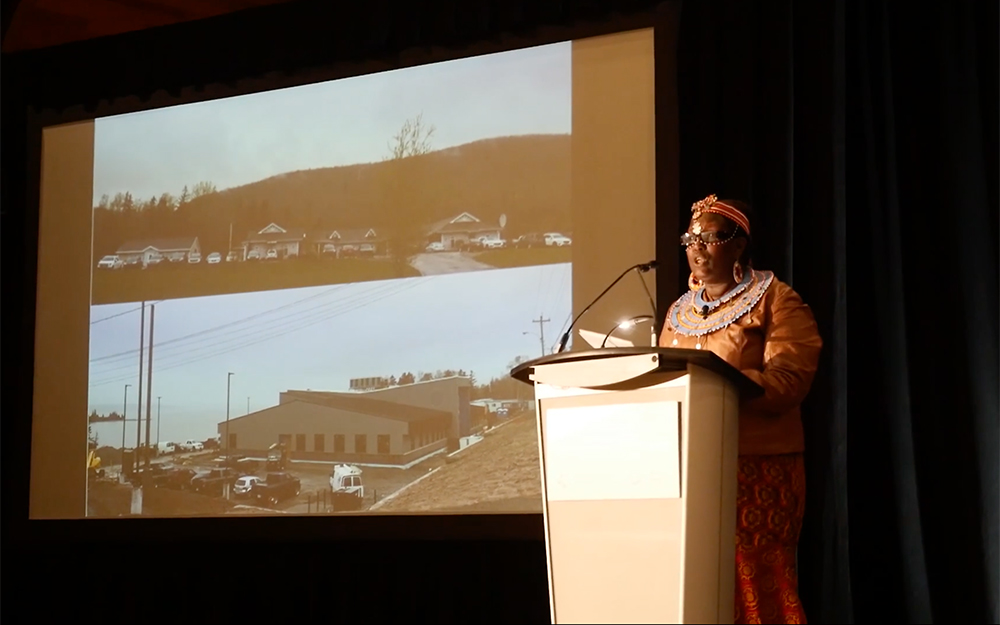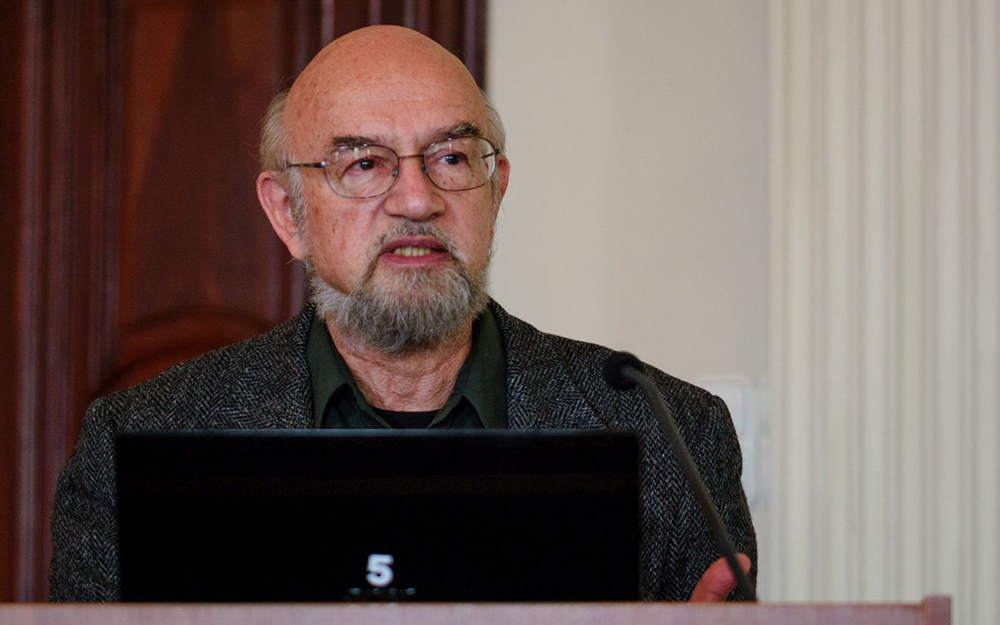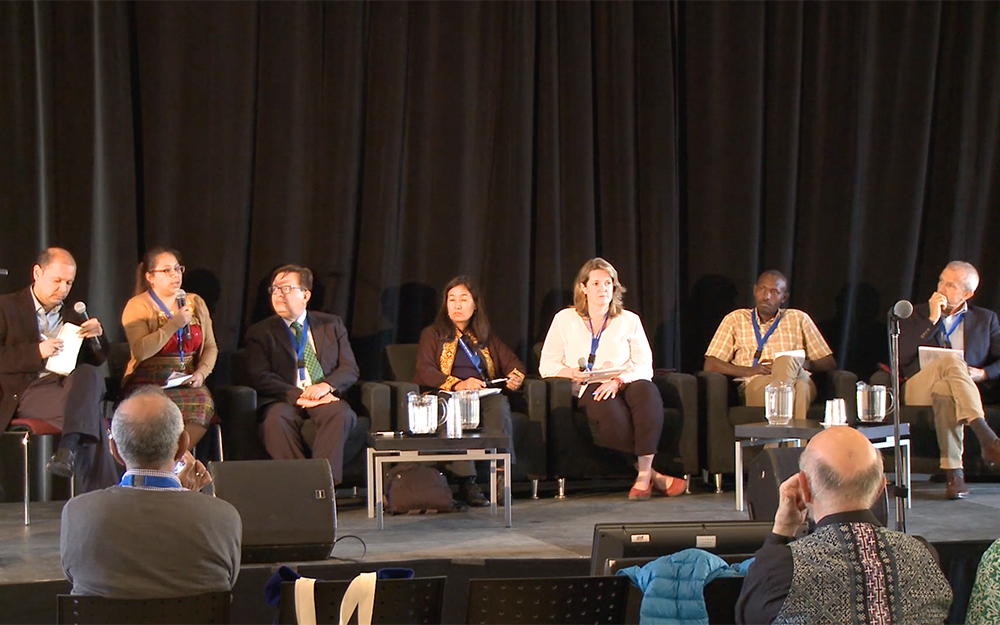Traditional Fishing Knowledge
[vc_row css_animation="" row_type="row" use_row_as_full_screen_section="no" type="full_width" angled_section="no" text_align="left" background_image_as_pattern="without_pattern"][vc_column width="2/3"][vc_column_text]This workshop centered around the fact that fish conservation and resource sustainability are at a crossroads in the current century, and that it is therefore necessary to engage broad societal participation. The session engaged with academia, fishers,...





